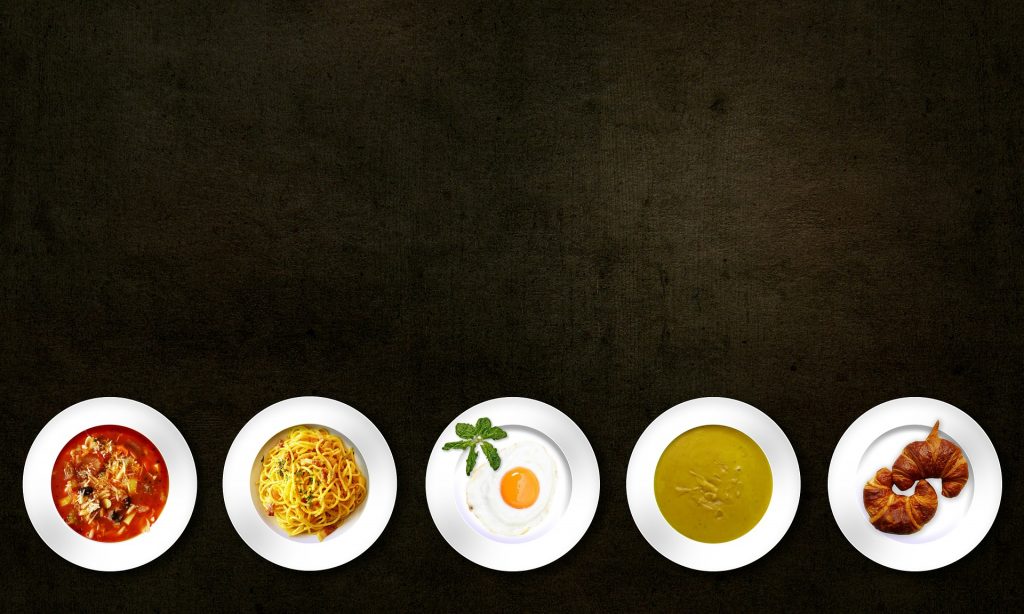 Many people attempt to lose weight using the traditional paradigm of energy restriction and exercise. The main problem with this method of weight loss is that it is too difficult to control the appetite to the required level in order to force weight loss. Following such a protocol gradually stimulates appetite and at some point the individual capitulates and starts consuming greater amount of energy. Paradoxically, fat loss might be better achieve through a more frequent meal pattern and that does not seek to restrict energy, but actually allows free access to high quality foods. That a conscious energy restriction is not required for fat loss has been evidenced in the scientific literature, and is well reported anecdotally. This is thermodynamically possible because high quality foods allow the brain to waste energy as heat and so overeating them does not lead to fat accumulation. Low quality foods high in particular metabolic poisons, particularly fructose, can bypass these regulatory systems and lead to fat accumulation and weight gain.
Many people attempt to lose weight using the traditional paradigm of energy restriction and exercise. The main problem with this method of weight loss is that it is too difficult to control the appetite to the required level in order to force weight loss. Following such a protocol gradually stimulates appetite and at some point the individual capitulates and starts consuming greater amount of energy. Paradoxically, fat loss might be better achieve through a more frequent meal pattern and that does not seek to restrict energy, but actually allows free access to high quality foods. That a conscious energy restriction is not required for fat loss has been evidenced in the scientific literature, and is well reported anecdotally. This is thermodynamically possible because high quality foods allow the brain to waste energy as heat and so overeating them does not lead to fat accumulation. Low quality foods high in particular metabolic poisons, particularly fructose, can bypass these regulatory systems and lead to fat accumulation and weight gain.

Insulin is an important regulatory hormone. Insulin receptors in the central nervous system monitor the level of insulin in the blood. As insulin rises, negative feedback adjusts energy intake to prevent overeating. Fructose, a simple sugar that forms part of the sucrose molecule does not cause insulin release, and as a result consuming high amounts of fructose can overload the system with energy and this can lead to fat accumulation and weight gain. Eating more frequently produces a lower overall insulin profile, but maintains insulin levels at a threshold that decreases appetite, thus making more frequent meals a better strategy for fat loss.
That increasing meal frequency is associated with a reduction in appetite has also been evidenced. For example, in one study, researchers assessed meal frequency patterns on lean male subjects on different days. For this they consumed isocaloric meals supplying 33.3 % of energy as either 5 separate meals or 1 individual meal. Although both meals contain the same energy, the group consuming the single meal subsequently consumed a greater number of calories at a subsequent ad libitum feeding compared to the group consuming the 5 meals. In addition, the insulin level rose to a higher peak in the group consuming the single meal. However, the insulin level was higher after the final meal of the sequence of 5 meals, compared to the same time point in the single meal group. As insulin is directly able to control appetite, this may explain why the 5 meal group consumed a lower amount of energy at the ad libitum meal compared to the single meal group. Smaller more frequent meals may therefore better control appetite.
Eat Well Stay Healthy, Protect Yourself
RdB
